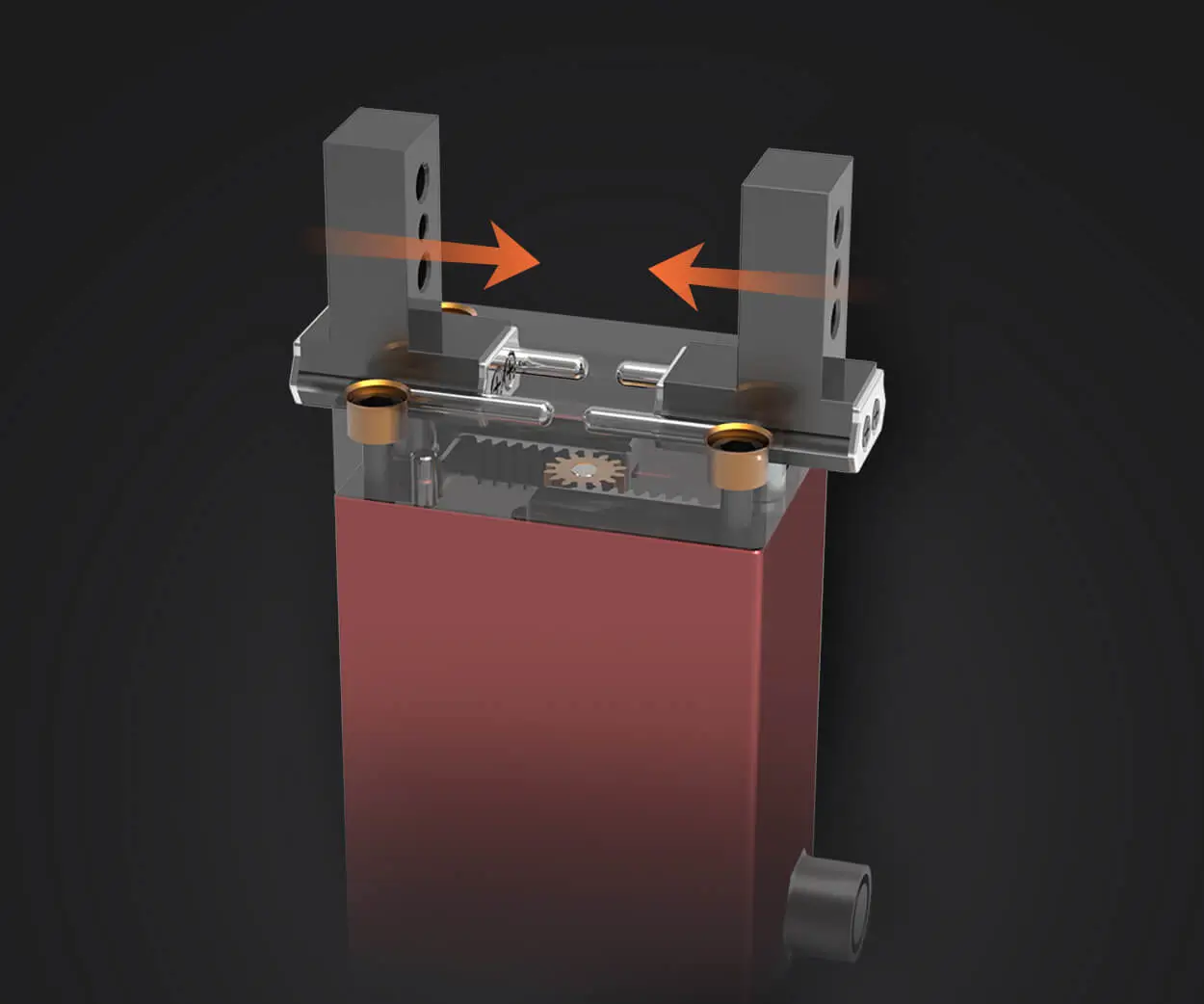Imagine wiring up a tiny wonder — the micro servo SG90, humming quietly on your project desk. It’s small, lightweight, yet packs enough punch to make your robot arm flex or your drone tilt with precision. The real magic begins when you marry it with your trusty Arduino. Step-by-step, you’ll see how a few lines of code can turn a bland component into the star of your DIY experiment.

The beauty of the SG90 is its simplicity. No fuss, no drama, just pure functionality. Connect its power (usually 5V) and ground to your Arduino, then link the control wire to a PWM-capable pin. Once that's done, you're almost there. It’s like setting up a puppet — just a proper leash, and you’re good to go.
Writing the code is almost as straightforward as giving a command. Just tell your Arduino to send signals that tell the servo to move to a specific angle. Think about it — you could make it swing from 0 to 180 degrees, constantly adjusting based on sensor inputs or user commands. The familiar setup and loop structure make controlling the servo feel more like a conversation than programming.
A question that often pops up: what’s the best way to ensure smooth movements? Using smaller delay values, avoiding abrupt jumps, and incorporating easing functions can make transitions more fluid. Also, it’s worth mentioning that the servo's response quality depends on avoiding overload—sometimes simpler is better, especially if your project demands fine-tuned, subtle control.
Programming-wise, it’s just a matter of calling the right functions, often as simple as servo.write(position). That’s it. Want your servo to follow a sine wave pattern? Easy — blend a bit of math into your loop. It’s pretty satisfying to see that tiny servo really come alive with just a few lines.
But what makes this combo stand out? For starters, affordability. The SG90 is budget-friendly, which means you can experiment freely without breaking the bank. Plus, the community support is massive — countless tutorials, shared code snippets, troubleshooting guides — you’re never alone when tinkering.
Imagine turning a handful of components into a mini robotic arm or installing this setup into your model airplane’s control surfaces. The possibilities are vast, limited only by your imagination. And if you stumble into a snag, remember that tweaking the code for even more refined control or experimenting with different PWM signals can unlock new performance levels.
Are you thinking about automating a small project or just want to get a feel for servo mechanisms? The combination of the SG90 and Arduino is a perfect starting point. It’s like giving wings to your ideas. When you master these basics, scaling up to more complex systems becomes a natural next step.
So, why not dive in? Fire up your Arduino, grab that SG90, and watch how a few lines of code transform hardware into a lively actuator. The door to a world of creative experiments is wide open, waiting for your touch.
Leveraging innovations in modular drive technology, Kpower integrates high-performance motors, precision reducers, and multi-protocol control systems to provide efficient and customized smart drive system solutions.




































